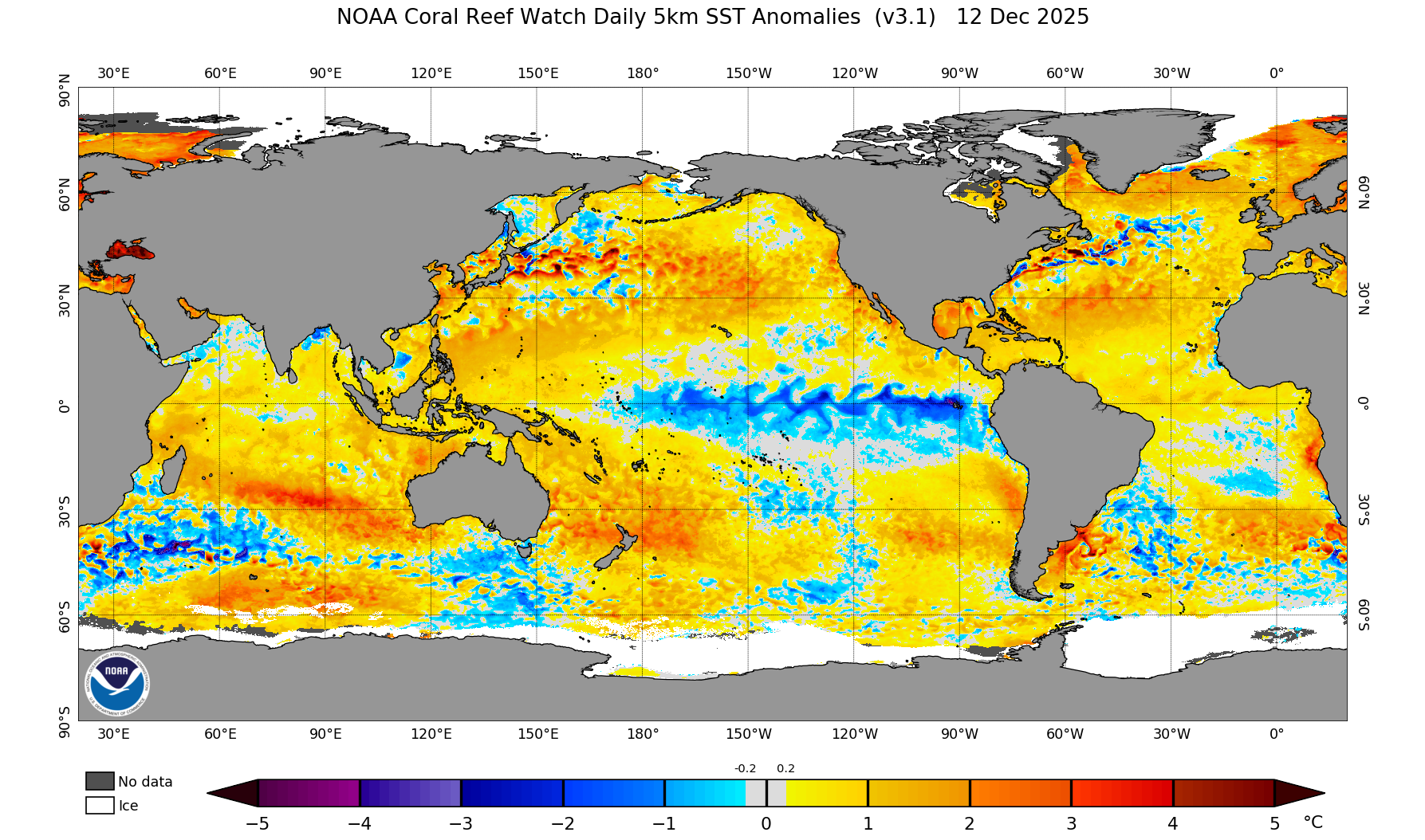Weather Dude wrote:
964mb is pretty significant for a Euro run
It's 960 mb actually thanks to the the hi-res version the ECMWF provides, if you saw my posts above, really I've been making and posting these plots and yet...

Moderator: S2k Moderators
Weather Dude wrote:
964mb is pretty significant for a Euro run





FireRat wrote:Late October and November can produce fearsome monsters in this side of the world. Could 2020 be such a year? It will be very interesting to track the WPAC since it has been relatively quiet in this region most of the season. 2010 & 2013 come to mind.

euro6208 wrote:Even the strongest La nina's cannot damper the WPAC.
2010 produce 20 TC which is the LOWEST EVER in recorded history.
1998 produce 27 TC's.
1975 with 25 TC's.
All 3 years occurred during a strong nina.
1983 in a weak la nina produce 25 TC's.
Other Nina years include 2007 which produce 27 TC's.
2016 produce 32 TC's.
1970 produce 27 TC's
1995 produce 35 TC's
1984 produce 30 TC's.
2017 with a monster 33 TC's.

If the MJO does propagate eastward as fast as some ensemble members suggest, increased tropical cyclone (TC) activity over the East Pacific and Caribbean is more likely during late October. However, if the intraseasonal signal is slow to propagate, continued TC activity is anticipated over the West Pacific.
Following Saudel, the GEFS continues to favor the development of another area of low pressure in the Philippine Sea late in week-1. The ECWMF ensemble mean, however, is relatively more delayed with this development, increasing TC formation potential by early week-2, while also depicting increasing signals for TC formation farther west in the South China Sea likely tied to Rossby wave activity in the region. To address the uncertainties with timing and location, a moderate confidence area is added over the Philippine Sea during week-1, and a broader moderate confidence area is posted to cover these areas during week-2.




euro6208 wrote:Even the strongest La nina's cannot damper the WPAC.
2010 produce 20 TC which is the LOWEST EVER in recorded history.
1998 produce 27 TC's.
1975 with 25 TC's.
All 3 years occurred during a strong nina.
1983 in a weak la nina produce 25 TC's.
Other Nina years include 2007 which produce 27 TC's.
2016 produce 32 TC's.
1970 produce 27 TC's
1995 produce 35 TC's
1984 produce 30 TC's.
2017 with a monster 33 TC's.
euro6208 wrote:I think what's more startling than a global slowness in ACE despite the Atlantic producing 27 TC's is how slow the WPAC has been.

al78 wrote:euro6208 wrote:Even the strongest La nina's cannot damper the WPAC.
2010 produce 20 TC which is the LOWEST EVER in recorded history.
1998 produce 27 TC's.
1975 with 25 TC's.
All 3 years occurred during a strong nina.
1983 in a weak la nina produce 25 TC's.
Other Nina years include 2007 which produce 27 TC's.
2016 produce 32 TC's.
1970 produce 27 TC's
1995 produce 35 TC's
1984 produce 30 TC's.
2017 with a monster 33 TC's.
La Nina clearly did dampen the NWP in most of those years. 2010 was one of the lowest ACE years on record. 1998 ACE was barely over half the long term average, and 1999 was even lower. 1975, 1983, 2007, and 2017 were all well below average ACE, and 2016 was 10% below average, 1984, a bit less than 10% below average. Only 1970 on that list would be classed as near average ACE. Storm numbers in isolation is not a good metric for activity. La Nina --> below average ACE across the whole Pacific, not just the NW PAcific.


Some showers early this morning, by noon they should push to the
north of the forecast zones. The only major change to the forecast
is addition of scattered showers Sunday and Monday. This is due to
a circulation forming and moving either through or just south and
west of the Marianas. The GFS, ECMWF-HiRes, and Canadian Ensemble all
have this feature. And, if the Canadian Ensemble has it, that means
that a majority of the members have it. We`ve been dodging them all
year, we`ll have to see if we can dodge this one too. Not that it
would matter all that much, it should just be a rain bag still, with
little in the way of winds developing. After this, we should settle
down into a regular wet season pattern.
Users browsing this forum: No registered users and 48 guests